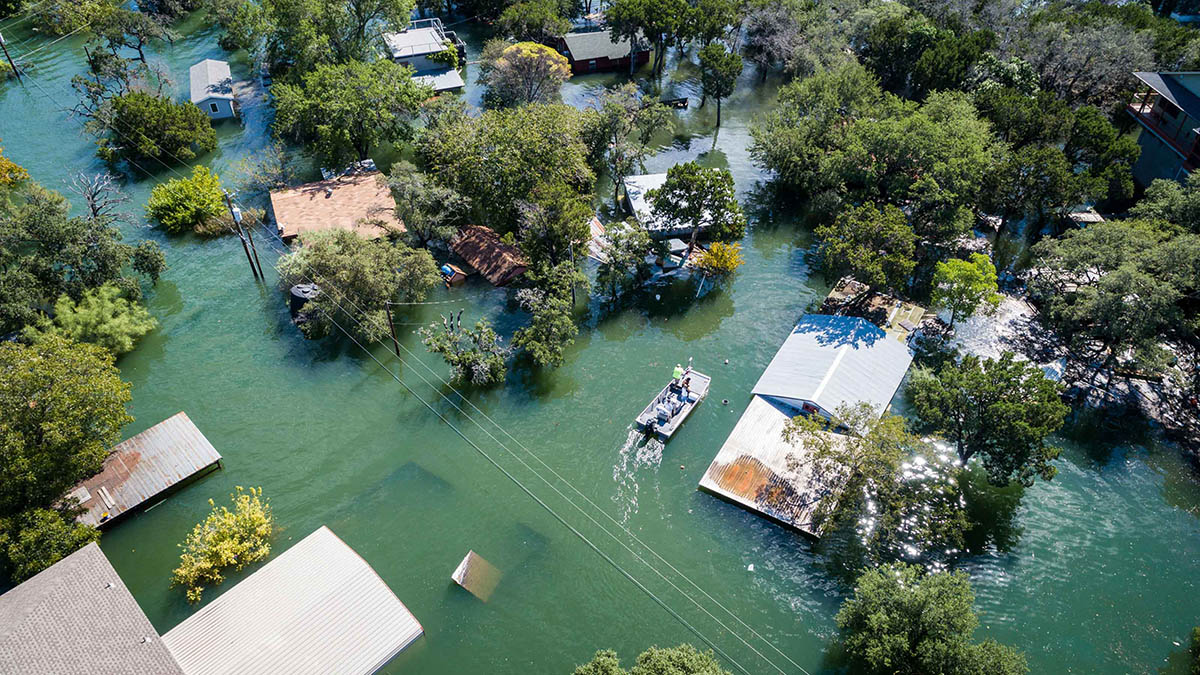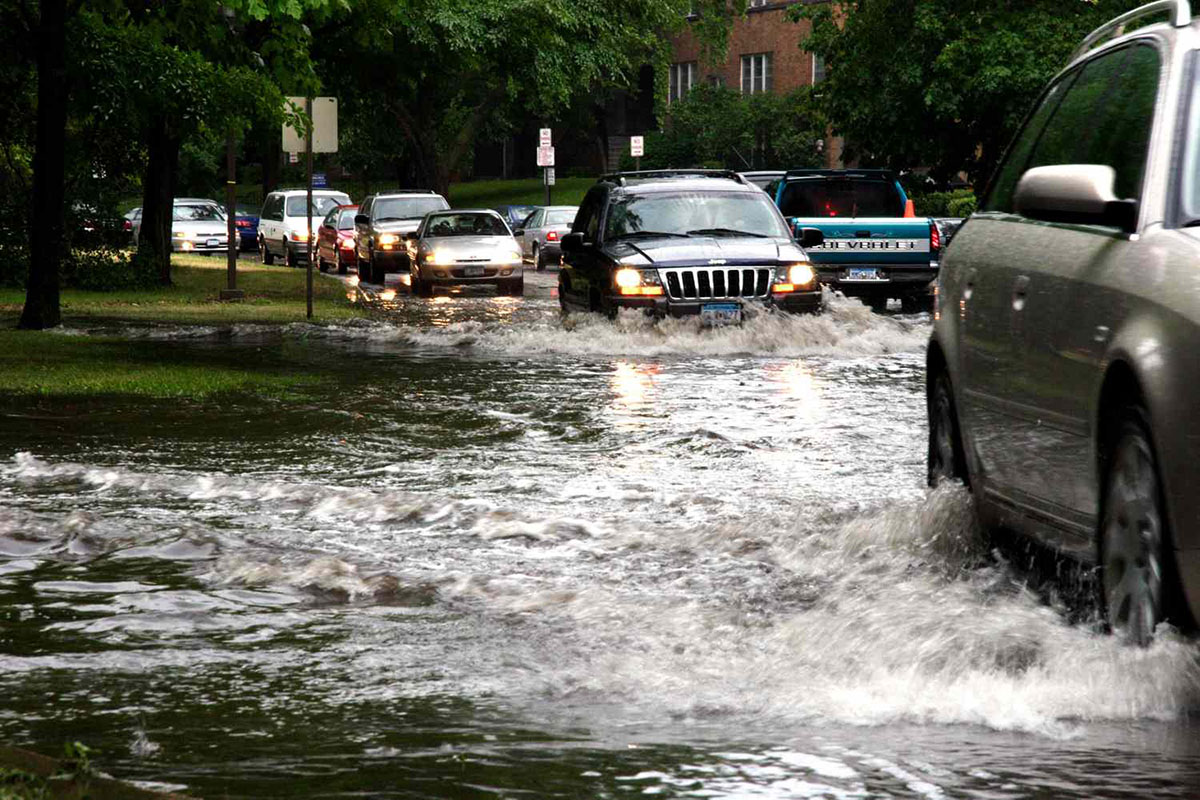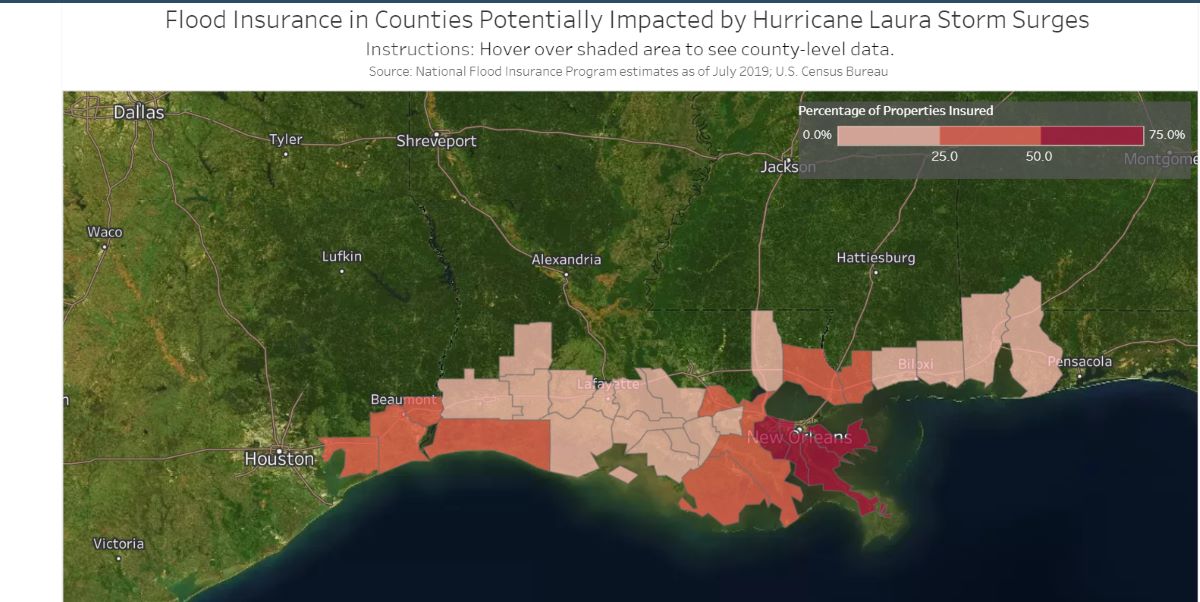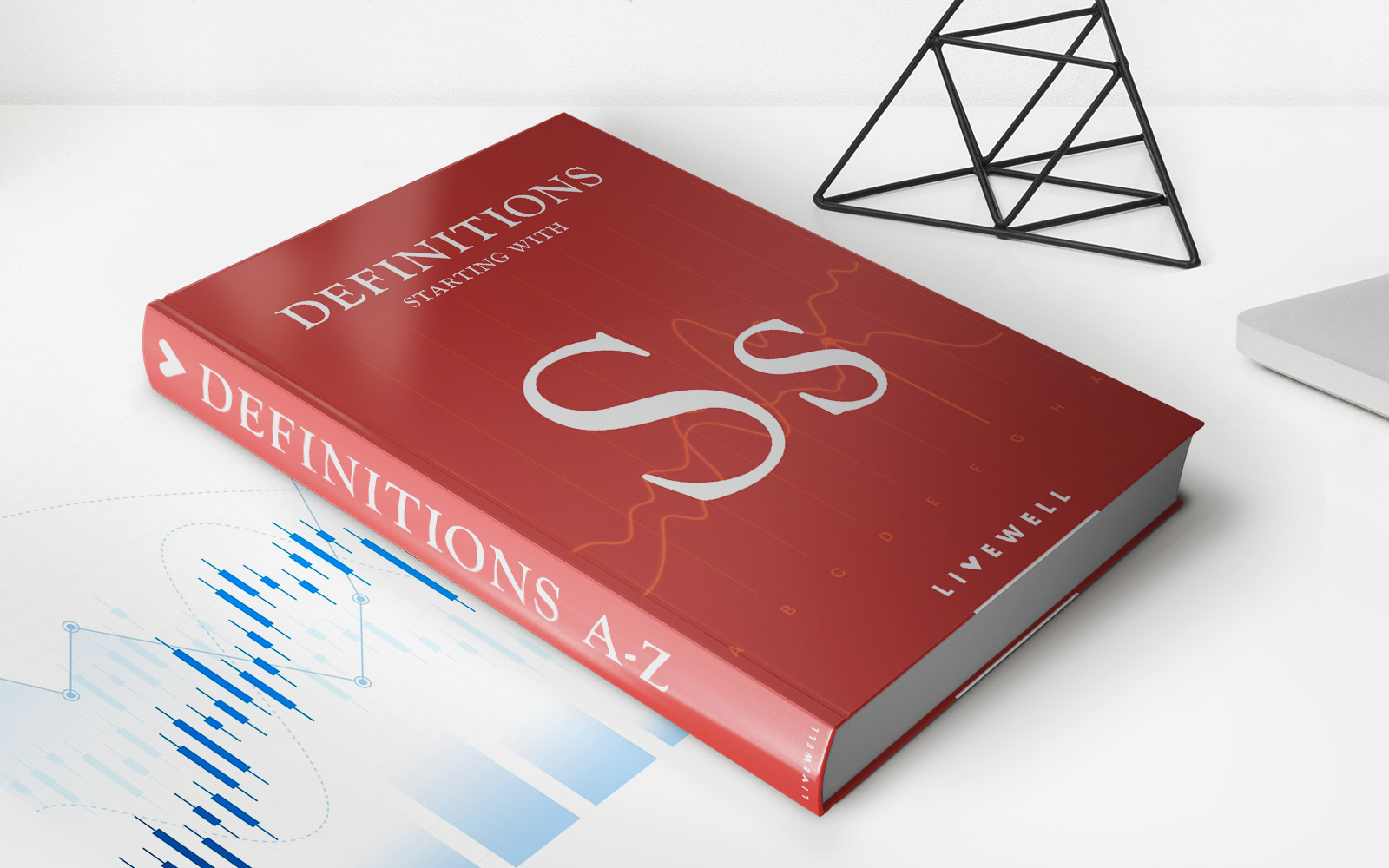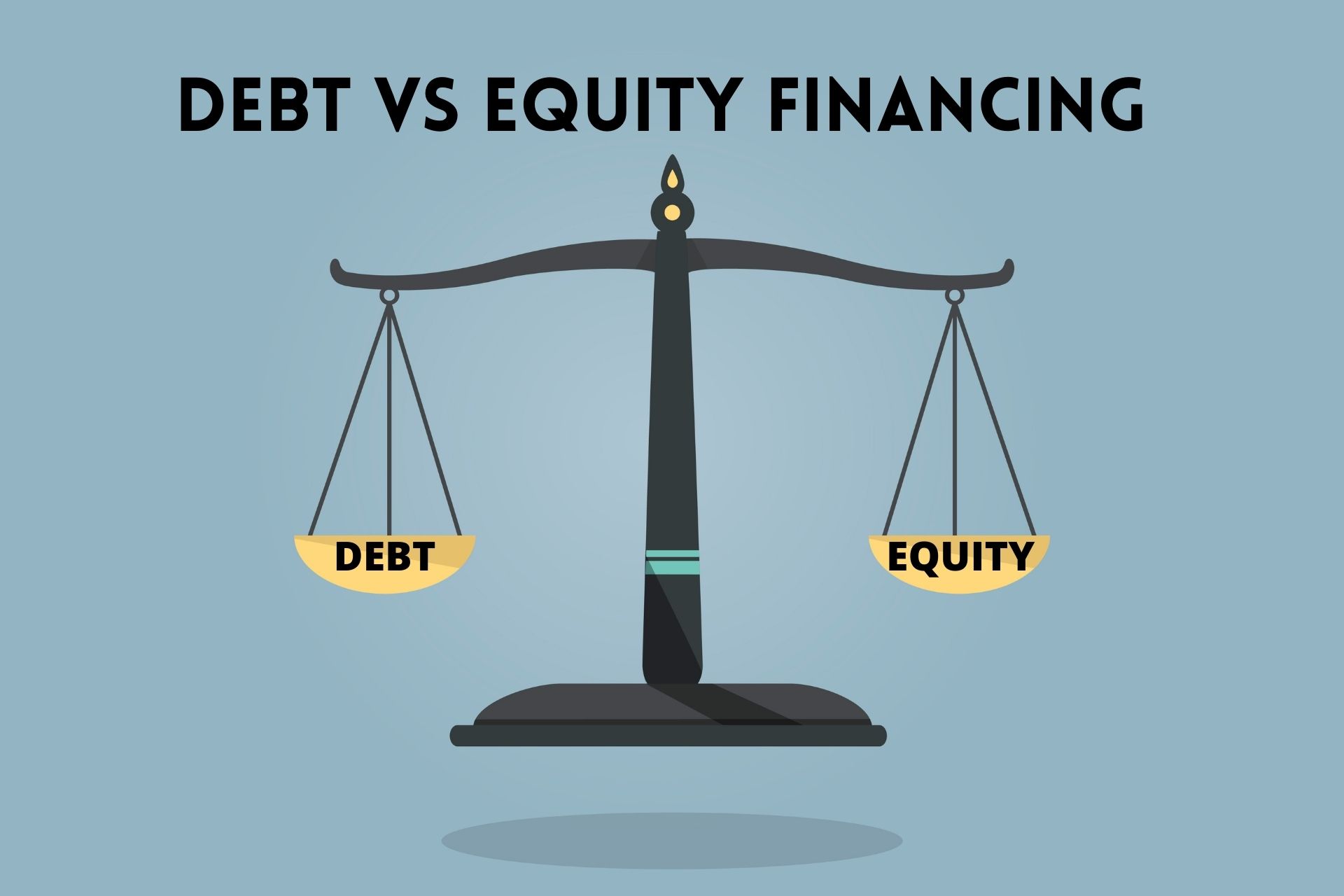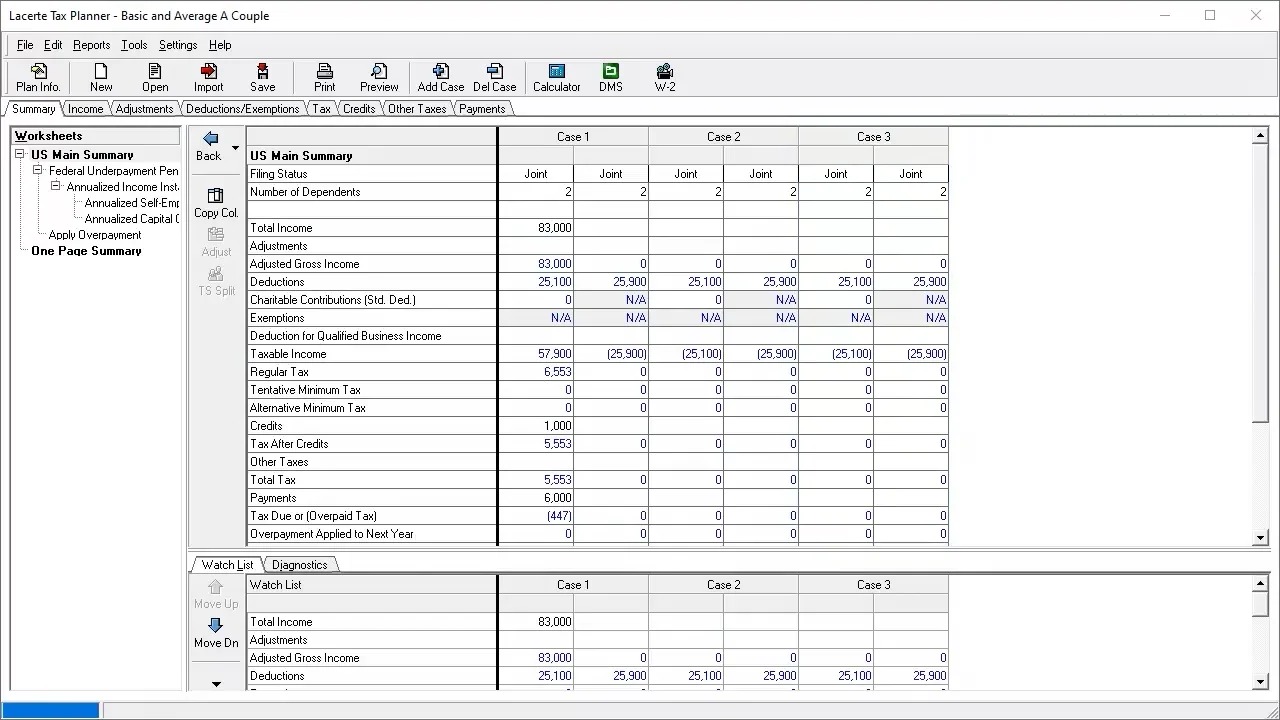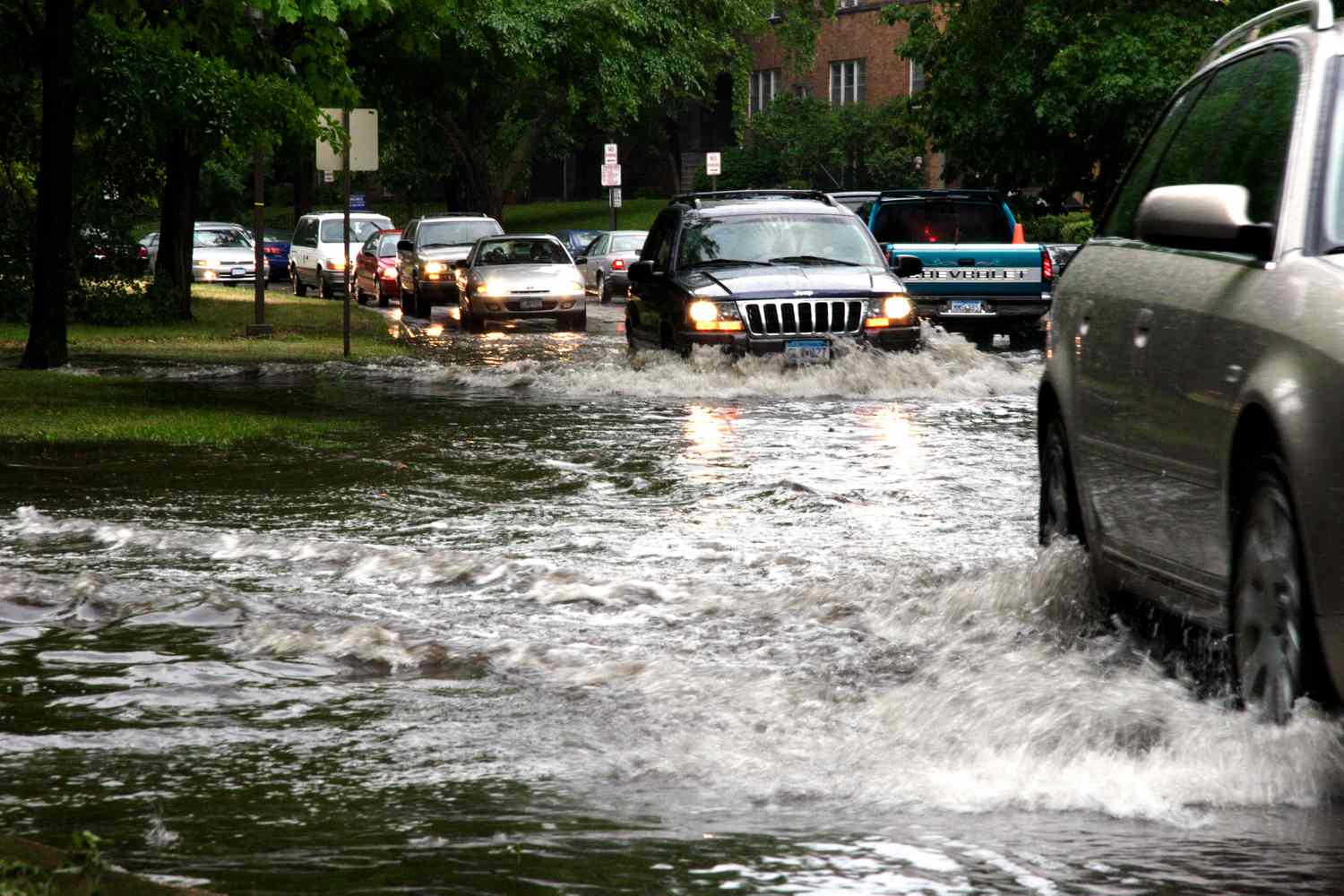

Finance
What Is The Cost Of Flood Insurance In Florida
Published: November 13, 2023
Find out the cost of flood insurance in Florida and protect your finances from potential flood damages. Compare rates from top providers and get the coverage you need.
(Many of the links in this article redirect to a specific reviewed product. Your purchase of these products through affiliate links helps to generate commission for LiveWell, at no extra cost. Learn more)
Table of Contents
- Introduction
- Factors Affecting the Cost of Flood Insurance in Florida
- Flood Zones and Risk Ratings in Florida
- National Flood Insurance Program (NFIP) in Florida
- Private Flood Insurance Options in Florida
- Determining Coverage Limits for Flood Insurance in Florida
- Deductibles and Premiums for Flood Insurance in Florida
- Additional Factors to Consider for Flood Insurance in Florida
- Conclusion
Introduction
Welcome to the sunny state of Florida! While the state is famous for its beautiful beaches and vibrant cities, it is also known for its susceptibility to flooding. With an extensive coastline, numerous lakes, and a high water table, Florida is no stranger to floods. That’s why having flood insurance is essential for homeowners and renters in the state.
In this article, we’ll explore the cost of flood insurance in Florida. We’ll delve into the factors that affect the cost, the different types of coverage available, and the various considerations you need to keep in mind when choosing a policy.
Florida’s unique geography and climate make it one of the most flood-prone states in the country. Years of hurricanes, tropical storms, and heavy rainfall have resulted in significant damage and financial losses for many Floridians. That’s why flood insurance is not only a smart investment but also a requirement for properties located in certain high-risk areas.
When it comes to estimating the cost of flood insurance in Florida, several factors come into play. These factors include the location of the property, the elevation of the land, the proximity to water bodies, and the construction type of the building. Understanding these factors is crucial in determining the right policy and coverage that suits your needs and budget.
Whether you already own a property in Florida or are considering purchasing one, it’s important to understand your flood insurance options. While the National Flood Insurance Program (NFIP) is the primary source for flood insurance coverage, there are also private insurance companies that offer alternative policies. Depending on your circumstances and preferences, you can choose between these two options based on their cost, coverage, and other important factors.
So, let’s dive into the details and explore the cost of flood insurance in Florida. By the end of this article, you’ll have a better understanding of what to expect, how to compare different policies, and how to protect yourself and your property from the financial risks of flooding.
Factors Affecting the Cost of Flood Insurance in Florida
Several factors play a significant role in determining the cost of flood insurance in Florida. Understanding these factors can help you make an informed decision and find the right policy that fits your needs and budget. Here are some key factors to consider:
- Location: The location of your property is one of the most critical factors affecting the cost of flood insurance. Areas near the coast or in flood-prone zones are likely to have higher premiums due to increased risk. Properties located in low-lying areas or near bodies of water may also incur higher costs due to their vulnerability to flooding.
- Elevation: The elevation of your property plays a crucial role in determining flood insurance costs. Homes situated at a higher elevation are considered less prone to flooding and may qualify for lower premiums. On the other hand, properties at a lower elevation or in flood-prone areas may face higher insurance costs.
- Construction Type: The type of construction of your property can influence the cost of flood insurance. Homes built with flood-resistant materials and designed to withstand floods are generally eligible for lower premiums. Conversely, properties with less flood-resistant construction may require higher insurance coverage and hence, result in higher premiums.
- Flood History: The flood history of the area where your property is located can impact the cost of flood insurance. If the area has a history of frequent floods or costly damages due to flooding, insurers may charge higher premiums to offset the potential risk.
- Building’s Foundation: The foundation of your property is another factor that insurers take into account when determining flood insurance costs. Homes with elevated foundations, such as pilings, are often considered less susceptible to flood damage and may qualify for lower premiums.
It’s important to note that these factors are interconnected, and their influence on the cost of flood insurance can vary. For example, a property located in a flood-prone area but built with flood-resistant materials may still have higher insurance costs due to the elevated risk associated with the location.
Additionally, it’s worth mentioning that the cost of flood insurance in Florida is also influenced by the type of policy you choose. The National Flood Insurance Program (NFIP) offers standardized policies with set coverage limits and premium rates. Private insurers, on the other hand, may offer more flexible policies with varying coverage options and pricing structures.
Now that we’ve explored the factors that affect the cost of flood insurance in Florida, let’s dive deeper into the flood zones and risk ratings in the state.
Flood Zones and Risk Ratings in Florida
Florida is divided into various flood zones based on the risk of flooding in different areas. These flood zones help determine the risk ratings for properties and influence the cost of flood insurance. Understanding the flood zones and risk ratings can give you valuable insight into the potential flood risks associated with your property. Here are some key points to consider:
- Flood Zone Designations: The Federal Emergency Management Agency (FEMA) has designated several flood zones in Florida based on the likelihood of flooding. These zones range from high-risk flood zones, such as A and V zones, to moderate-risk zones, such as B and X zones. Zone A represents areas with the highest risk of flooding, while zone X denotes areas with minimal flood risk.
- Elevation Certificates: FEMA requires elevation certificates for properties located in certain flood zones. An elevation certificate provides information about the elevation of the property’s lowest habitable floor relative to the base flood elevation (BFE). This document helps insurers assess the flood risk associated with the property and determine appropriate premium rates.
- Risk Ratings: The risk ratings assigned to properties in flood zones play a crucial role in determining the cost of flood insurance. These risk ratings take into account factors such as the property’s elevation, proximity to water bodies, construction type, and flood history. Properties with higher risk ratings are likely to have higher insurance premiums due to the increased likelihood of flood-related losses.
- Flood Insurance Rate Maps (FIRMs): FEMA creates Flood Insurance Rate Maps, or FIRMs, which depict flood risk zones and provide information on base flood elevations, floodways, and flood depths. These maps serve as a valuable resource for homeowners, insurers, and local authorities in determining flood insurance requirements and risk assessments.
- Zone Expansions and Updates: It’s essential to stay informed about any updates or expansions of flood zones in your area. FEMA periodically updates flood maps and may revise flood zone designations based on new data and revised flood risk assessments. Being aware of changes in your flood zone status can help you reassess your insurance needs and coverage.
Understanding the flood zones and risk ratings in your area is crucial for making informed decisions about flood insurance. It’s important to consult FEMA’s FIRMs, local authorities, and insurance professionals to determine the specific flood risks associated with your property.
Now that we have a better understanding of flood zones and risk ratings, let’s explore the options available for flood insurance in Florida, including the National Flood Insurance Program (NFIP) and private insurance alternatives.
National Flood Insurance Program (NFIP) in Florida
In Florida, the National Flood Insurance Program (NFIP) plays a crucial role in providing flood insurance coverage to homeowners, renters, and businesses. Administered by the Federal Emergency Management Agency (FEMA), the NFIP aims to assist property owners in protecting themselves from the financial consequences of flooding. Here’s what you need to know about the NFIP in Florida:
Eligibility: The NFIP is available to homeowners and renters in communities that participate in the program. Most communities in Florida participate in the NFIP, making flood insurance accessible to a wide range of residents and property owners.
Coverage: The NFIP offers two main types of coverage – building coverage and contents coverage. Building coverage provides financial protection for the structure of your property, including the foundation, walls, electrical systems, plumbing, and HVAC systems. Contents coverage protects your belongings, such as furniture, appliances, and personal items, in the event of a flood.
Standardized Policies: NFIP policies come with standardized coverage options and premium rates. The coverage limits for building and contents vary depending on the policy type and the flood zone of the property. It’s important to review and understand the coverage limits and exclusions of the policy to ensure adequate protection for your property.
Elevation Certificates: As mentioned earlier, elevation certificates play a crucial role in assessing the flood risk associated with a property. If your property is located in a high-risk flood zone or requires an elevation certificate, you may need to provide this document to obtain an accurate insurance quote from the NFIP.
Waiting Period: It’s important to note that there is a standard 30-day waiting period for NFIP policies to take effect. This waiting period aims to prevent property owners from obtaining flood insurance coverage only when a flood event is imminent. Therefore, it’s crucial to plan ahead and secure flood insurance well in advance to ensure protection during a flood event.
The NFIP provides vital flood insurance coverage to millions of property owners across the United States, including Florida. However, it’s essential to evaluate all available options and consider the specific needs of your property before committing to an NFIP policy. In recent years, private flood insurance options have emerged as viable alternatives to the NFIP in Florida.
Now, let’s explore some of the private flood insurance options available for residents of Florida.
Private Flood Insurance Options in Florida
In addition to the National Flood Insurance Program (NFIP), residents of Florida also have the option to obtain flood insurance from private insurance companies. Private flood insurance offers an alternative to the standardized policies offered by the NFIP, providing homeowners with additional choices and potentially more tailored coverage. Here are some key points to consider about private flood insurance options in Florida:
- Expanded Coverage: Private flood insurance policies may offer more extensive coverage options compared to the NFIP. While the NFIP has limitations on coverage amounts, private insurers may provide higher coverage limits for building and contents, allowing homeowners to better protect their investment.
- Customized Policies: Private insurers can often offer more flexibility when it comes to tailoring coverage to specific needs. This can include additional coverage for detached structures, increased living expense coverage, and additional coverage for high-value items like artwork or jewelry.
- More Precise Risk Assessment: Private insurers may conduct in-depth risk assessments, taking into account factors such as elevation, proximity to water bodies, flood history, and construction type. This can result in more accurate pricing that reflects the specific risk associated with the property.
- Competitive Pricing: While NFIP premiums are standardized, private insurers have the ability to compete in the market. This competition can lead to potential cost savings or more competitive pricing options for homeowners, especially for properties with lower flood risk.
- No Waiting Period: Unlike the NFIP, which has a standard 30-day waiting period, some private insurers offer immediate coverage without a waiting period. This can be beneficial for property owners who need immediate protection against potential flood events.
It’s important to note that private flood insurance options may vary among different insurance companies. It’s advisable to seek quotes from multiple providers and carefully review the policy terms and conditions to ensure that the coverage meets your specific needs and expectations.
Before purchasing private flood insurance, it’s also important to consider the financial stability and reputation of the insurance company. Look for insurers with a strong track record and positive customer reviews to ensure that you can rely on them in the event of a flood-related claim.
Combining private flood insurance with other homeowners’ insurance policies may also provide comprehensive coverage for your property. Discussing your options with an insurance professional can help you determine the best approach to protect your property from flood risks.
Now that we’ve explored private flood insurance options, let’s move on to understanding how coverage limits are determined for flood insurance in Florida.
Determining Coverage Limits for Flood Insurance in Florida
When it comes to determining coverage limits for flood insurance in Florida, several factors should be taken into consideration. The coverage limits will depend on various aspects of your property and the level of protection you desire. Here are some key points to consider:
- Replacement Cost of Your Property: One of the primary factors that determine the coverage limits is the replacement cost of your property. This includes the cost to rebuild or repair your home and any attached structures in the event of a flood. It’s crucial to obtain an accurate assessment of the replacement cost to ensure you have sufficient coverage in case of extensive damage.
- Value of Personal Belongings: In addition to the structure, you’ll want to consider the value of your personal belongings when determining coverage limits. Make an inventory of your possessions and estimate their value, including furniture, electronics, appliances, clothing, and other valuable items. This will help you determine the appropriate coverage limit for your contents.
- Applicable Building Codes: Building codes and regulations change over time, and rebuilding after a flood often requires compliance with updated codes. It’s important to consider the potential costs associated with meeting current building standards when determining coverage limits. Upgrading electrical systems, elevating the property, or implementing other code-required changes might require higher coverage limits.
- Elevation of Your Property: The elevation of your property plays a role in determining coverage limits for flood insurance. Homes situated at a higher elevation may have a lower risk of flood damage and therefore might require lower coverage limits. Conversely, properties located closer to sea level or in flood-prone areas may require higher coverage limits to account for the increased risk.
- Flood Zone and Risk Rating: The flood zone and risk rating of your property will also influence the coverage limits. Higher-risk zones typically require higher coverage limits to mitigate the potential financial impact of flood damage. Properties in lower-risk zones might have lower coverage requirements, but it’s advisable to consider the potential risks and select coverage limits accordingly.
It’s important to note that while the National Flood Insurance Program (NFIP) offers standardized coverage limits, private insurers may provide more flexibility in selecting coverage limits based on your specific needs and circumstances. Consulting with an insurance professional can help you determine the appropriate coverage limits and ensure that you have adequate protection in the event of a flood.
Remember that flood insurance is designed to help you recover financially from the damages caused by a flood event. It’s vital to review your policy regularly to ensure that your coverage limits are up to date and aligned with the current value of your property and belongings.
Now, let’s explore the deductibles and premiums associated with flood insurance in Florida.
Deductibles and Premiums for Flood Insurance in Florida
When obtaining flood insurance in Florida, it’s important to understand the deductibles and premiums associated with the coverage. These factors play a significant role in determining the cost of your policy and the financial responsibility you have in the event of a flood. Here’s what you need to know about deductibles and premiums for flood insurance in Florida:
Deductibles:
A deductible is the amount you must pay out of pocket before your flood insurance coverage kicks in. In Florida, the deductible options for flood insurance policies can vary. The National Flood Insurance Program (NFIP) offers deductible options ranging from $1,000 to $10,000. The higher the chosen deductible, the lower the premium rate will generally be. It’s important to carefully consider your financial situation and the potential costs of flood damage when selecting a deductible amount.
It’s worth noting that some private insurance companies also offer flood insurance policies in Florida, and they may have different deductible options available. Private insurers often provide more flexibility in deductible choices, allowing homeowners to select an amount that aligns with their risk tolerance and financial capability.
Premiums:
The cost of flood insurance premiums in Florida can vary based on several factors, including the property’s location, flood risk zone, and the coverage limits chosen. Premiums for flood insurance policies are primarily determined by the National Flood Insurance Program (NFIP) for policies under their coverage, while private insurance premiums may vary among different providers.
For NFIP policies, premium rates are set based on standardized factors such as the property’s flood zone, policy type, and coverage limits. It’s important to keep in mind that rates can be subject to change, and it’s advisable to review your policy annually to ensure you have the most accurate information regarding your premium amount.
Private insurance premiums can vary based on factors such as the insurer’s risk assessment, property characteristics, and coverage options. Private insurers often assess the flood risk associated with a property using their own models and data. This can result in premiums that differ from NFIP rates. Shopping around and comparing quotes from multiple insurers can help you find the best premium option for your specific needs.
It’s essential to budget for flood insurance premiums and factor them into your overall housing expenses. While flood insurance can be a significant financial investment, it provides valuable protection against the potentially devastating consequences of flood damage.
Now that we have explored the deductibles and premiums, let’s take a look at some additional factors to consider when obtaining flood insurance in Florida.
Additional Factors to Consider for Flood Insurance in Florida
When obtaining flood insurance in Florida, there are additional factors to consider beyond deductibles and premiums. These factors can have a significant impact on your coverage and overall satisfaction with your policy. Here are some key points to keep in mind:
- Policy Exclusions: It’s essential to understand the specific exclusions and limitations of your flood insurance policy. Certain items, such as detached structures, pools, and landscaping, may have limited or no coverage under the standard policy. Discuss any additional coverage needs with your insurer to ensure you are adequately protected against potential losses.
- Additional Living Expenses: In the event of a flood, you may need to temporarily relocate from your home. Some flood insurance policies include coverage for additional living expenses, reimbursing you for costs such as hotel stays, food, and transportation. Understanding the extent of this coverage can give you peace of mind during the recovery period.
- Claims Process: Familiarize yourself with the claims process to ensure you understand the steps you need to take in the event of flood damage. Report the damage promptly and document all losses with photographs and detailed descriptions. Maintain open communication with your insurance provider and follow their guidance throughout the claims process.
- Building Improvements and Renovations: If you plan to make improvements or renovations to your property, such as elevating your home or installing flood-resistant features, it’s important to consult with your insurance provider. These enhancements can potentially lower your flood risk and, in turn, reduce your premiums. Ensure that you have the necessary documentation and certifications to support any applicable discounts or adjustments to your coverage.
- Repetitive Loss Properties: Some properties in Florida have a history of repeated flood losses. If you are considering purchasing a property with a repetitive loss history, it’s crucial to obtain the necessary flood risk information and evaluate the potential impact on your insurance premiums. Identifying flood mitigation measures and implementing them may help reduce the risk and associated costs.
Understanding these additional factors will enable you to make well-informed decisions when obtaining flood insurance in Florida. It’s essential to review your policy regularly, reassess your coverage needs, and stay informed about any changes or updates that may affect your policy.
Flood insurance is an important investment, providing financial protection for your property and belongings in the event of a flood. By considering these factors, you can ensure that you have the appropriate coverage and peace of mind knowing that you are prepared for the unpredictable nature of floods in Florida.
With all the information we have covered, let’s conclude our discussion on the cost of flood insurance in Florida.
Conclusion
Obtaining flood insurance is essential for homeowners and renters in Florida, a state known for its susceptibility to flooding. Understanding the cost of flood insurance and the factors that influence it is crucial for making informed decisions and protecting your property and belongings from the financial risks associated with floods.
In Florida, factors such as location, elevation, construction type, flood history, and flood zones contribute to the cost of flood insurance. Properties in high-risk areas, low-lying regions, or near bodies of water generally have higher premiums due to increased flood risk. It’s important to evaluate these factors and determine the appropriate coverage limits that align with your needs and budget.
The National Flood Insurance Program (NFIP) is the primary source for flood insurance in Florida, providing standardized policies and coverage options. However, private flood insurance alternatives are also available, offering expanded coverage, customized policies, and potentially competitive pricing. Evaluating both NFIP and private options can help you choose the best policy for your specific requirements.
Factors such as deductibles, premiums, policy exclusions, additional living expenses, and the claims process should also be carefully considered when selecting flood insurance. Understanding the details of your policy and taking necessary steps to mitigate flood risk, such as building improvements and renovations, can further enhance your coverage and potentially reduce premiums.
Overall, ensuring you have adequate flood insurance coverage in Florida provides peace of mind and financial protection in the face of unpredictable flooding events. It is essential to assess your specific needs, compare options, and consult with insurance professionals to make the best choices for your property and belongings.
By being proactive and knowledgeable about flood insurance in Florida, you can safeguard your home, your assets, and your financial well-being. Stay informed about changes in flood zones, policy updates, and additional resources available to protect against floods. Remember, it’s better to be prepared and insured than to face the devastating consequences of flood damage without proper coverage.
Now, armed with this information, you can confidently navigate the world of flood insurance in Florida and secure the protection you and your property need.



